The hidden cost of running on empty
High performers are often admired for their drive, stamina, and ability to push through challenges. But the very traits that fuel achievement can also create the perfect conditions for burnout. Burnout is not simply feeling tired. It is a state of emotional, mental, and physical exhaustion that builds when demands outweigh the resources to meet them. For entrepreneurs, executives, and other high-achievers, burnout often arrives quietly, disguised as productivity, until it finally forces everything to stop.
Why burnout hits high performers hardest
People in leadership roles and demanding careers tend to normalize stress. Long hours, constant problem-solving, and an endless stream of decisions become part of the routine. Over time, the brain and body adapt to this elevated state, but not in a way that is sustainable. Chronic stress impacts everything from sleep to focus, eventually eroding creativity, patience, and emotional regulation.
Unlike short-term exhaustion that improves with rest, burnout lingers. Even when the workload eases, recovery feels out of reach. Leaders who pride themselves on discipline often struggle the most because their instinct is to push harder instead of slowing down. This cycle deepens burnout and makes it harder to recognize until it is severe.
Warning signs you should not ignore
Burnout shows up differently for everyone, but there are common patterns that can serve as red flags.
- Constant fatigue that does not improve with sleep or time off
- Irritability or emotional outbursts in situations that once felt manageable
- Difficulty concentrating or making decisions
- Feeling detached from work, family, or personal purpose
- A loss of joy or satisfaction in accomplishments
These signs are not indicators of weakness. They are signals that the system you are running on is no longer sustainable.
Breaking the cycle and finding balance
The first step in addressing burnout is recognizing it. High performers often wait until burnout is overwhelming before seeking help, but change can begin earlier. Rest and recovery matter, but they are not the only solution. Therapy provides tools to identify unhelpful patterns, set healthier boundaries, and reconnect with the parts of life that bring energy and meaning.
Some leaders benefit from structured intensives or retreats that create space away from daily pressures. Others find healing in methods like EMDR or ketamine-assisted therapy, which can help rewire the way the brain processes stress and restore clarity. Whatever the approach, the goal is not just to recover from burnout, but to create a life where thriving replaces constant survival.
Thriving is the true measure of success
Burnout is not inevitable, even for those who carry heavy responsibility. It is a signal that change is needed, and when addressed, it can become an entry point into a healthier, more sustainable way of leading. Success is not about how long you can run on empty. It is about how well you can create a life that fuels you, instead of drains you.
At Born Counseling, we help high performers move beyond burnout by building strategies that support clarity, purpose, and long-term resilience.


